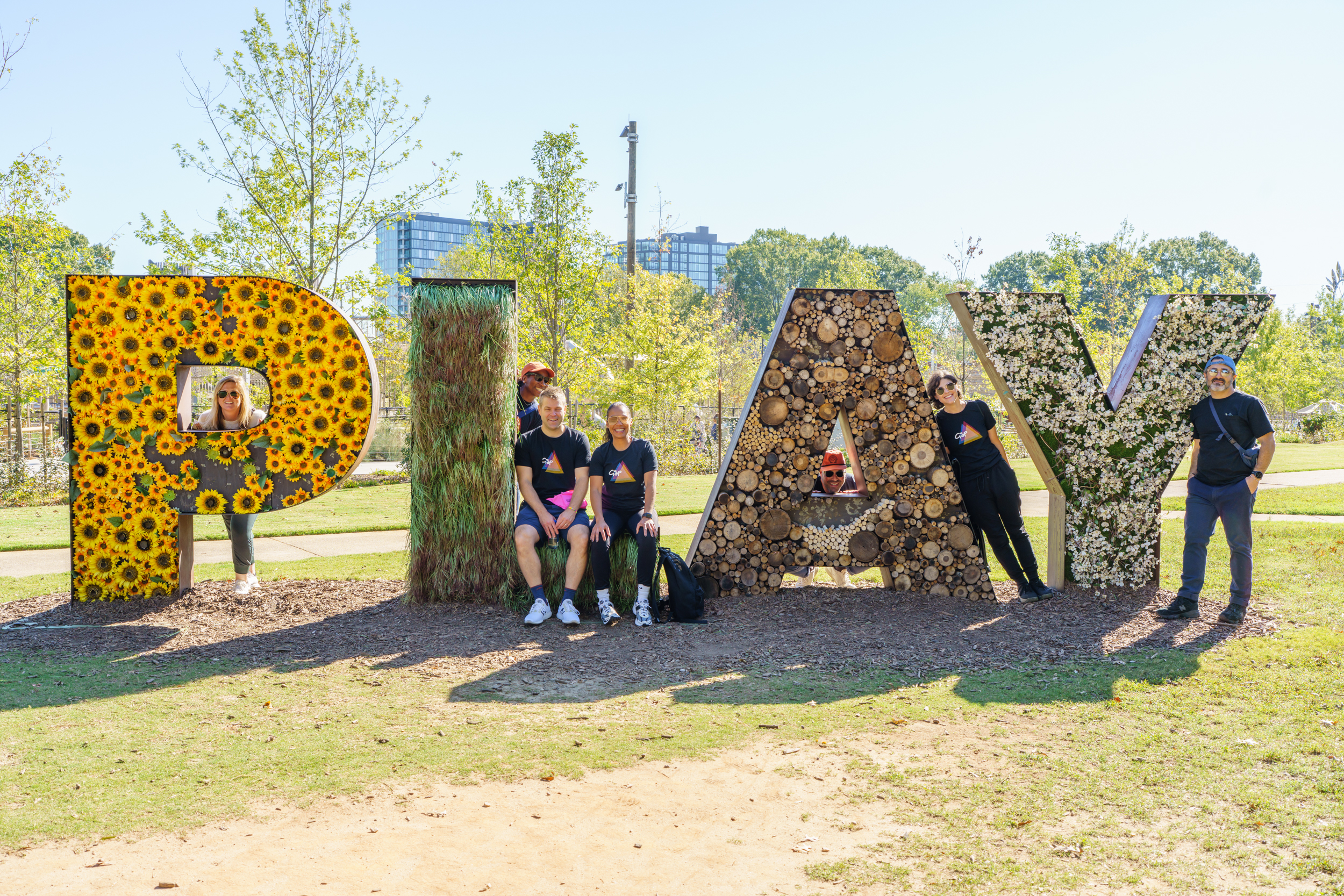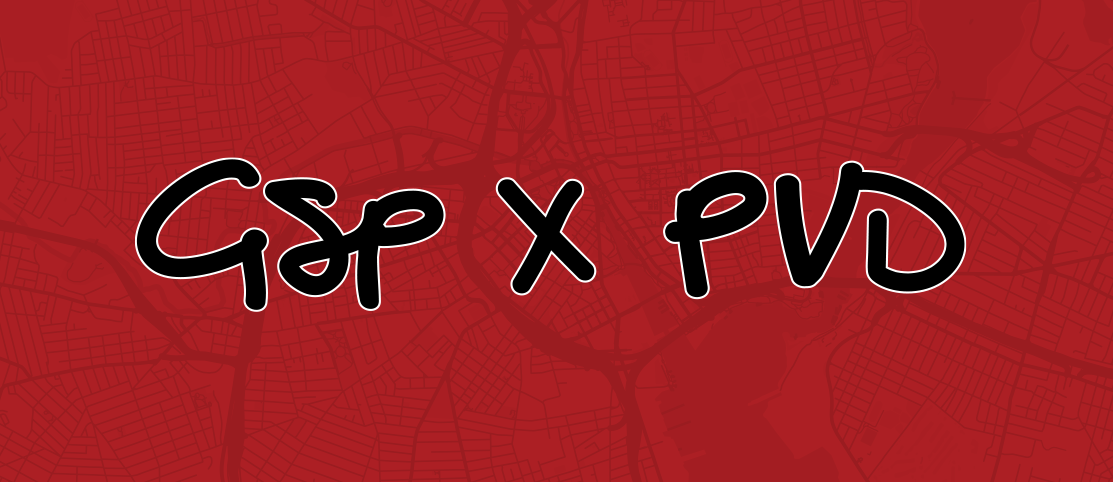Month 11: Chiang Mai
Chiang Mai is the city that, on paper, I probably shouldn’t like, but I’ve totally fallen for. I was chatting with a friend today over a bowl of khao soi, telling her that I wasn’t entirely sure what to write about this month: I like Chiang Mai, but that alone makes for a pretty dull blog post about cities. She very simply stated, “There are no public spaces here.” This is something I should have immediately thought about but somehow overlooked in my brain, and she’s right. Public spaces, if you haven’t caught on yet this year, are a huge factor of a “good city” for me, and here I am loving Chiang Mai with nowhere to casually sit and chat with friends.
This got me thinking more about the relationship between infrastructure and the overall “vibe” of a city – sometimes they’re linked hand-in-hand, and sometimes they’re on totally opposite pages, and what kind of an environment do these conditions create?
Chiang Mai, for instance, is a complete opposite of Kuala Lumpur, which was a welcome change for everyone. At first, everyone rejoiced in how easy it is to walk here. The key to this, which I don’t think a lot of people pinned down, is that the scale here is totally different. There are a handful of taller buildings (maybe 8-10 stories) but other than that, everything is typically one story, maybe maximum three. The streets, aside from a couple of major boulevards and throughways, are never more than two lanes wide and there are no sidewalks.
What? No sidewalks?
No sidewalks. And not in the charming Dutch woonerf way. If there are sidewalks, they’re on major roads but they’re narrow and crowded with signage because the Thai government makes money off of that signage.
While the scale of the streets made for a much more pleasant experience in which to explore Chiang Mai, before long I started getting texts saying “This might be less walkable than KL,” which is a very strong statement, if you’ll remember the dismal self-rated walk scores of Kuala Lumpur. Here, everything feels more people-scaled but you’re walking right next to traffic or in the middle of the road if there’s a long stretch of cars parked on the street. It can still be a pretty stressful pedestrian experience. Add in road work with no barricades and construction workers in flip-flops and it becomes even more stressful, but that’s another topic altogether. Running here, even for our most avid marathoners, was a no-go. Biking in the smaller alleys would have been okay but still stressful, and unfathomable on the bigger streets.
So, there aren’t pedestrian spaces made for people to get from destination to destination, and there aren’t really non-commercialized public spaces to act as those destinations. There’s a nearby mall with an outdoor space that has a big Buddhist altar as well as a gigantic Christmas tree, where they sometimes hold markets outside and there was once a small concert, but typically there’s not much going on and there are a couple of very serious-looking guards who keep watch over the space. If a few friends wanted to sit outside here we could, but there’s no shade and it’s regularly in the 80s and 90s, so we wouldn’t want to. It’s also on the corner of a very busy intersection with lots of exhaust fumes and nothing to really watch other than cars and motorbikes whizzing by…in every sense, it’s a pretty unfriendly environment to people. But this is the only public space I can think of in our neighborhood, which is an expat-heavy area just to the east of the Old City.
Getting back to where I started, Chiang Mai doesn’t have much infrastructure to make people feel welcomed, but people innately feel relaxed here (whether or not they’re coming from a month in a huge Asian metropolis). So, like I asked before, without that infrastructure, what is creating that more relaxed “vibe” we’re all feeling? I think the answer may be threefold: the scale, the retail offering, and the people.
I’ve already talked about the scale so I won’t go into that much further, but the retail of a city or a neighborhood is kind of a collage of the place’s personality. If you’re looking at the retail around TD Garden and you see a couple of cafes, lots of sports bars, and a CVS, you can pretty quickly understand that this is an area that all kinds of commuters are passing through and that this tends to be a high-energy area come nighttime. Well, walking through Chiang Mai, you see dozens and dozens of massage parlors, a large handful of craft coffee shops, and all kinds of open-air Thai restaurants and food stalls. This tells me the neighborhood we’re in (and others I’ve been to with similar offerings) is, by design, a relaxing and easy-going place to be. I can go get an hour-long Thai massage, then go enjoy an Aeropress while I read, and then go meet friends for papaya salad, and very few parts of that day are stressful or too high-energy.
The last part of the equation for the excellent energy here is the amazingly kind and friendly Thai people. We don’t get to decide the population or the audience that we start wit, but we can help them, through design + development, become friendlier and happier.
So, while Chiang Mai leaves something to be desired when it comes to people-centered infrastructure (they’re widening the major roads to allow for more traffic and there is no mass transit system, after all), the retail here saves the day and keeps people – standard tourists, expats, even retirees – coming back for a relaxing Thai experience. And, whether we’re talking about Chiang Mai, Mexico City, or Allston, this is universally relevant. I think this makes the work that GSP does so critical – when we’re strategizing about the ground floor environment and then Sean and Dave are out there searching for the best operators, we’re all trying to contribute to the best possible “personality” or “vibe” of given area. There will always be some things that are out of our immediate control (i.e. road width) but we use the ground floor canvases that we do have some say in to build upon the existing context of an area and strengthen that “personality” to keep people returning.
Chiang Mai is, from what I understand, the antithesis of a busy Bangkok, but is still imperfect. I would love to see more crosswalks, sidewalks, public spaces, and benches, but I think in time the city will start to realize that need and translate it into more forward-thinking infrastructure projects. For now, I’ll happily still meet people to chat over lunch or coffee, and I’ll keep walking in the middle of the road.
Do you have any examples of cities that, on paper, you probably shouldn’t like, but you’re still drawn to them and happy there? I’d love to hear, so feel free to leave a comment!
Next month I head to Kyoto, Japan, for my 12th and final month of Remote Year! It’s a month of back-to-winter preparation as I return to the Northern Hemisphere, and I couldn’t be more excited.
Until next time,
erin




